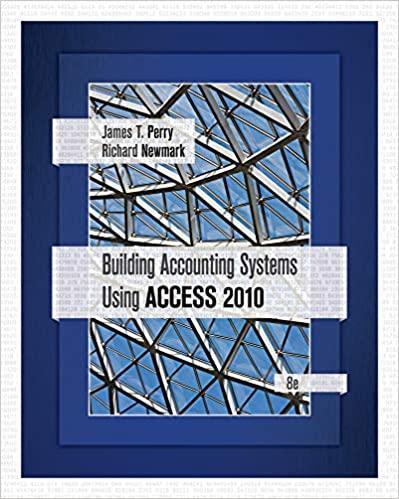The Federal Reserve provides lots of data to the public at a website simply known as FRED (or Federal Reserve Economic Data). It is one of the most popular data sites in the world. You may find it helpful in many classes and career applications, so it's good to know FRED. Visit FRED. Near the center-right, on the opening page, is a CATEGORY button. Click it. You will see the dozens of categories available to choose from and how many databases are present for each. This site has an amazing amount of data for lots of fields. The first category is Money, Banking, and Finance. Under that, you will see Monetary Data with over 800 data sets. Click Monetary Data, then click M2 and Components, the first subcategory. This shows us the data sets related to the money supply, M2. Then, beneath the first heading for M2, select M2, Seasonally Adjusted by checking the box and clicking above on Add To Graph. A graph will appear showing you the level of M2 in billions of dollars since 1959. The gray bands on the chart are recessions. Review the chart you have created. Answer all of these: Estimate what has happened to the size of the money supply, M2, since 2000 . What has been its most recent trajectory during and since the pandemic of 2020? What policy tool moves (including all three) would you expect to have created this picture over the last 20+ years? Thinking back to your Module on inflation, what do you think might happen to prices based on what you see in M2? What are the social implications of easy money policies? Which sectors of society do you think might be hurt worst by these policies? The Federal Reserve provides lots of data to the public at a website simply known as FRED (or Federal Reserve Economic Data). It is one of the most popular data sites in the world. You may find it helpful in many classes and career applications, so it's good to know FRED. Visit FRED. Near the center-right, on the opening page, is a CATEGORY button. Click it. You will see the dozens of categories available to choose from and how many databases are present for each. This site has an amazing amount of data for lots of fields. The first category is Money, Banking, and Finance. Under that, you will see Monetary Data with over 800 data sets. Click Monetary Data, then click M2 and Components, the first subcategory. This shows us the data sets related to the money supply, M2. Then, beneath the first heading for M2, select M2, Seasonally Adjusted by checking the box and clicking above on Add To Graph. A graph will appear showing you the level of M2 in billions of dollars since 1959. The gray bands on the chart are recessions. Review the chart you have created. Answer all of these: Estimate what has happened to the size of the money supply, M2, since 2000 . What has been its most recent trajectory during and since the pandemic of 2020? What policy tool moves (including all three) would you expect to have created this picture over the last 20+ years? Thinking back to your Module on inflation, what do you think might happen to prices based on what you see in M2? What are the social implications of easy money policies? Which sectors of society do you think might be hurt worst by these policies







